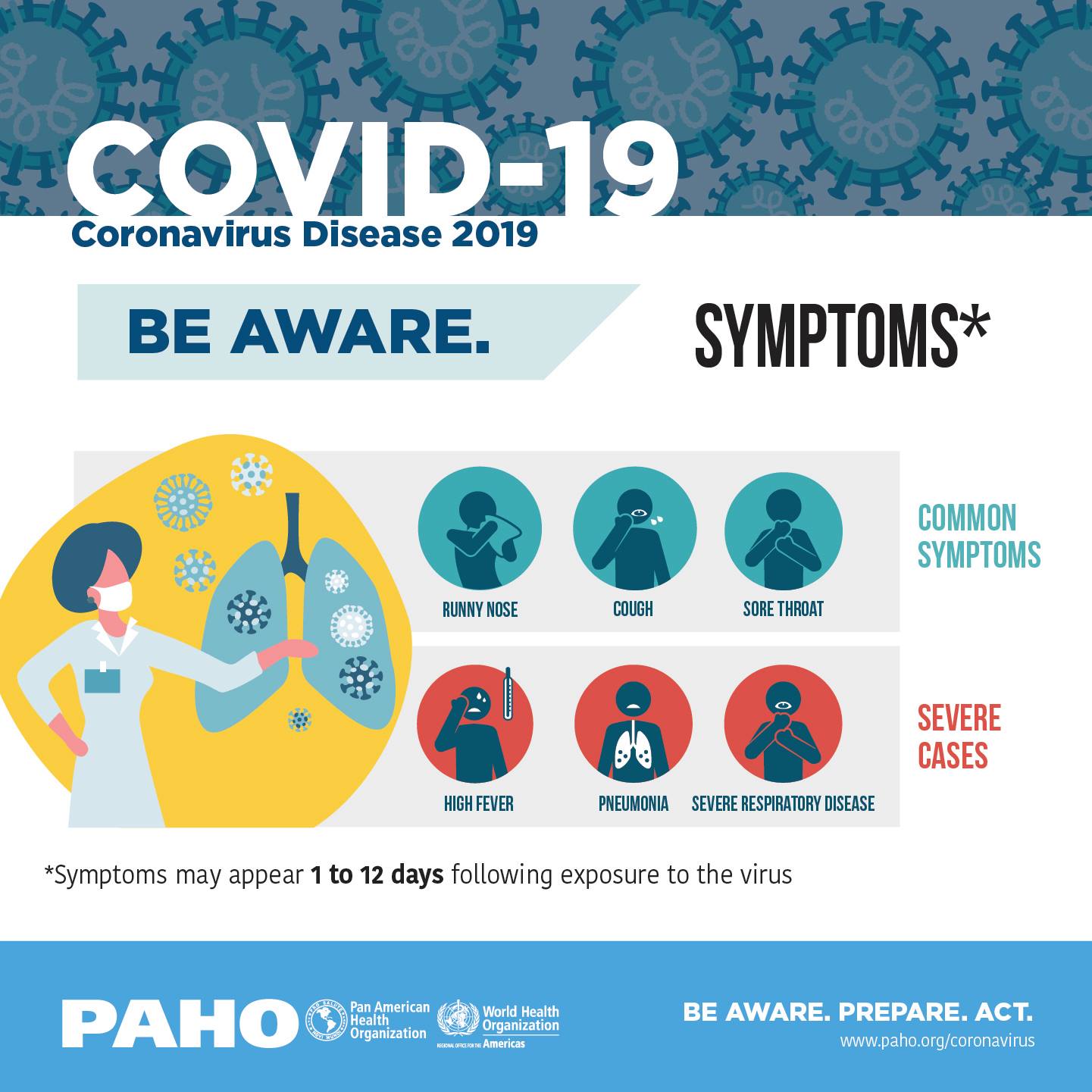In early 2020, a new virus began generating headlines all over the world because of the unprecedented speed of its transmission. Its origins have been traced to a food market in Wuhan, China, in December 2019. From there, it reached countries as distant as the United States and the Philippines.
The virus (officially named SARS-CoV-2) has been responsible for over 100 million infections globally, causing about 5 million deaths as of today. The United States is the country most affected. The disease caused by contracting SARS-CoV-2 is called COVID-19, which stands for coronavirus disease 2019.
What are the First symptoms or Signs of a COVID-19 Infection?
Once a person has contracted coronavirus, it can take 2–14 days for symptoms to appear. The average incubation period appears to be roughly 5–6 days. According to the World Health Organization (WHO), symptoms of coronavirus can be mild and come on gradually. According to The Lancet, when hospital admission is necessary, this typically occurs from 7 days onwards.
The Centers for Disease Control and Prevention (CDC) states that a person with COVID-19 can experience a wide range of symptoms, often including a dry cough and shortness of breath.
Based on what researchers have learned about COVID-19 thus far, the first symptoms—which generally occur within seven days can include:
- Fever or chills
- A persistent cough
- Muscle pain
- Nausea or vomiting
- Diarrhea
Usually, COVID-19 symptoms are initially mild, then become more intense over the course of about seven days. With that said, it is important to understand that COVID-19 often does not produce noticeable symptoms. When it does, however, those are classic signs that should not be ignored. Additionally, some people experience:
- Fatigue
- Shortness of breath
- Headache
- A new loss of taste or smell
- Sore throat
- Nasal congestion or a runny nose
What to do if you feel unwell
Know the full range of symptoms of COVID-19. The most common symptoms of COVID-19 are fever, dry cough, and tiredness. Other symptoms that are less common and may affect some patients include loss of taste or smell, aches and pains, headache, sore throat, nasal congestion, red eyes, diarrhea, or a skin rash.
Stay home and self-isolate even if you have minor symptoms such as cough, headache, mild fever, until you recover. Call your health care provider or hotline for advice. Have someone bring you supplies. If you need to leave your house or have someone near you, wear a medical mask to avoid infecting others.
If you have a fever, cough and difficulty breathing, seek medical attention immediately. Call by telephone first, if you can and follow the directions of your local health authority.
Keep up to date on the latest information from trusted sources, such as WHO or your local and national health authorities. Local and national authorities and public health units are best placed to advise on what people in your area should be doing to protect themselves.
How are COVID-19 and influenza virus infection different?
The speed of transmission is an important point of difference between the two viruses. Influenza has a shorter median incubation period (the time from infection to appearance of symptoms) and a shorter serial interval (the time between successive cases) than COVID-19 virus. The serial interval for COVID-19 virus is estimated to be 5-6 days, while for influenza virus, the serial interval is 3 days. This means that influenza can spread faster than COVID-19.
Further, transmission in the first 3-5 days of illness, or potentially pre-symptomatic transmission –transmission of the virus before the appearance of symptoms – is a major driver of transmission for influenza. In contrast, while we are learning that there are people who can shed COVID-19 virus 24-48 hours prior to symptom onset, at present, this does not appear to be a major driver of transmission.
The reproductive number – the number of secondary infections generated from one infected individual – is understood to be between 2 and 2.5 for COVID-19 virus, higher than for influenza. However, estimates for both COVID-19 and influenza viruses are very context and time-specific, making direct comparisons more difficult.
Children are important drivers of influenza virus transmission in the community. For COVID-19 virus, initial data indicates that children are less affected than adults and that clinical attack rates in the 0-19 age group are low. Further preliminary data from household transmission studies in China suggest that children are infected from adults, rather than vice versa.
While the range of symptoms for the two viruses is similar, the fraction with severe disease appears to be different. For COVID-19, data to date suggests that 80% of infections are mild or asymptomatic, 15% are severe infection, requiring oxygen and 5% are critical infections, requiring ventilation. These fractions of severe and critical infection would be higher than what is observed for influenza infection.
Those most at risk for severe influenza infection are children, pregnant women, elderly, those with underlying chronic medical conditions and those who are immunosuppressed. For COVID-19, our current understanding is that older age and underlying conditions increase the risk for severe infection.
Mortality for COVID-19 appears higher than for influenza, especially seasonal influenza. While the true mortality of COVID-19 will take some time to fully understand, the data we have so far indicate that the crude mortality ratio (the number of reported deaths divided by the reported cases) is between 3-4%, the infection mortality rate (the number of reported deaths divided by the number of infections) will be lower. For seasonal influenza, mortality is usually well below 0.1%. However, mortality is to a large extent determined by access to and quality of health care.






